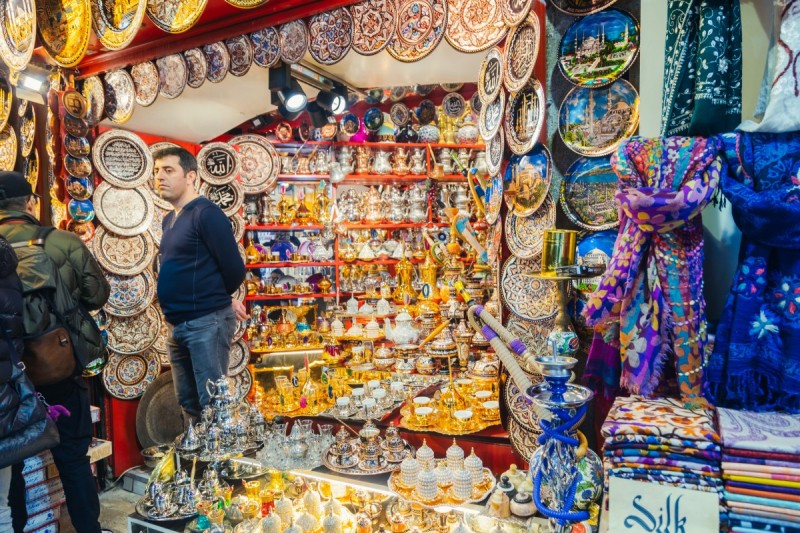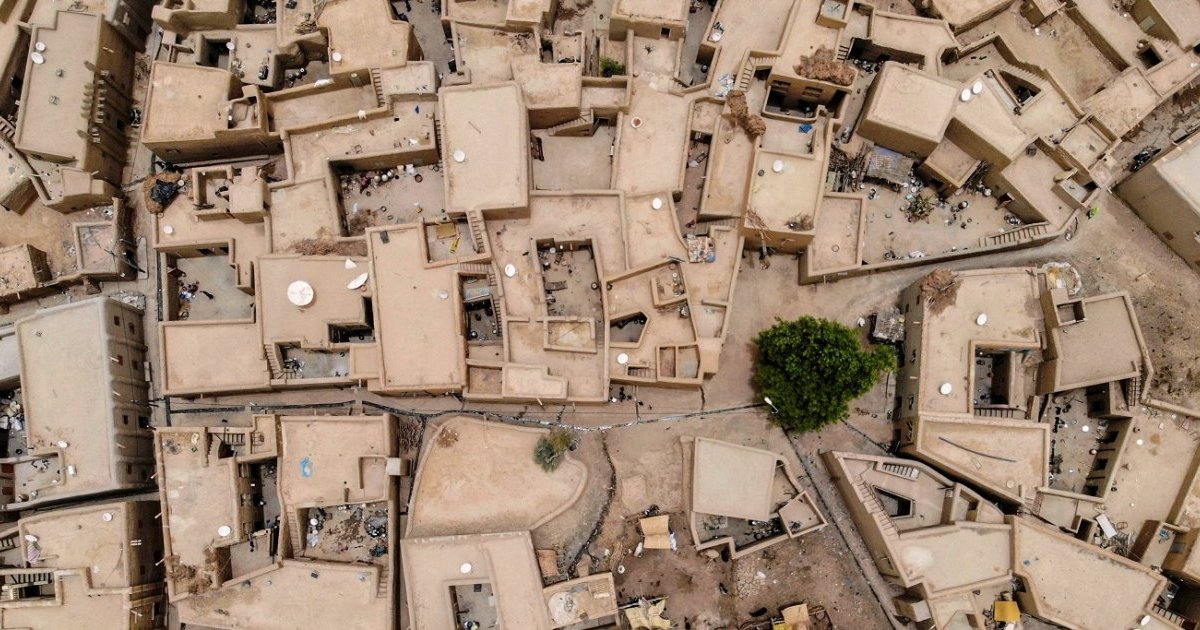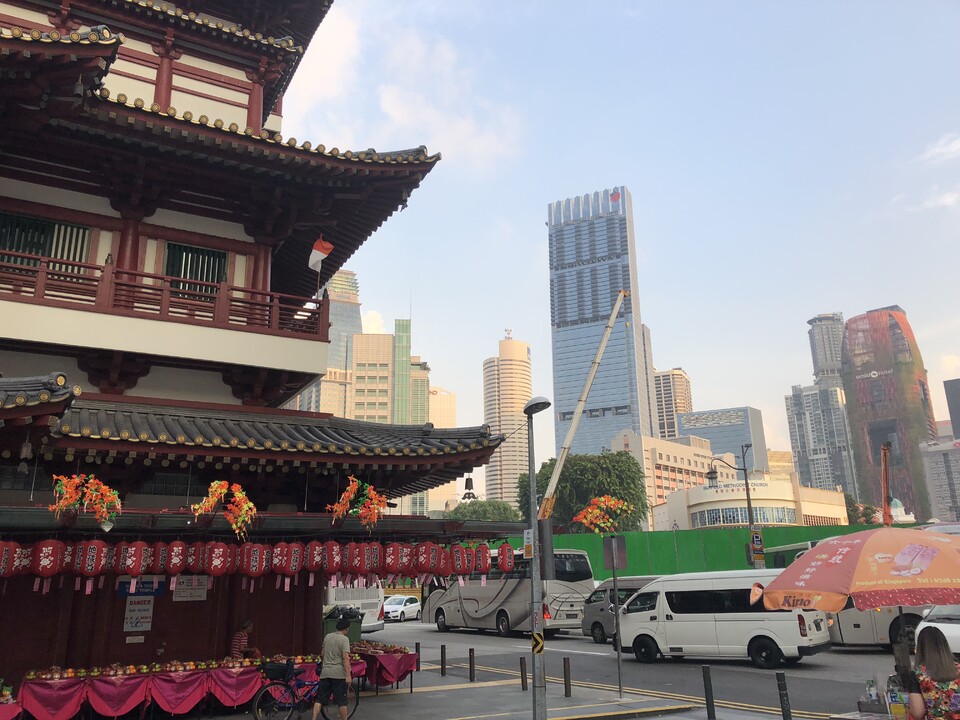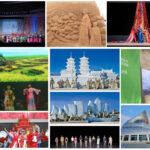Asia, the largest and most diverse continent on our planet, captivates the imagination with its enigmatic allure. From the vast deserts of the Middle East to the lush jungles of Southeast Asia, Asia encompasses an astonishing array of landscapes, cultures, and histories. In this article, we embark on a journey through the wonders of Asia, exploring its rich tapestry of traditions, natural marvels, and dynamic societies.
A Continent of Contrasts
Asia is a continent of striking contrasts, where ancient traditions coexist with modern innovation, and densely populated urban centers exist alongside pristine natural landscapes. This juxtaposition of old and new, tradition and progress, contributes to the unique charm and dynamic energy that permeates the region.
In Asia, you can witness the gleaming skyscrapers of Tokyo and Singapore towering above centuries-old temples and shrines. The bustling markets of Mumbai and Bangkok are filled with vibrant colors, scents, and sounds, while serene Buddhist monasteries nestled in the mountains offer a sanctuary of peace and contemplation.
The Diversity of Cultures
Asia is home to an astonishing diversity of cultures, languages, and ethnicities. From the nomadic tribes of Mongolia to the indigenous communities of Papua New Guinea, each culture contributes to the rich tapestry of Asian society.
The continent boasts ancient civilizations that have shaped the course of history. China, with its millennia-old traditions and contributions to philosophy, art, and science, has left an indelible mark on the region. The Indian subcontinent, with its myriad of languages, religions, and artistic traditions, continues to inspire and captivate the world.
Natural Marvels
Asia’s natural landscapes are as diverse as its cultures. The continent is home to some of the most breathtaking natural wonders, from the majestic peaks of the Himalayas to the serene beaches of the Maldives.
In Southeast Asia, the dense jungles of Borneo and the Amazon are teeming with an incredible biodiversity, housing countless species of flora and fauna found nowhere else on Earth. The Gobi Desert in Central Asia stretches as far as the eye can see, its shifting sand dunes evoking a sense of timeless beauty and mystery.
Historical Legacies
Asia’s historical legacies are both awe-inspiring and thought-provoking. The Great Wall of China, an architectural marvel that stretches over 13,000 miles, stands as a testament to China’s ancient civilization and its efforts to defend against invaders. The ancient ruins of Angkor Wat in Cambodia, a UNESCO World Heritage site, bear witness to the grandeur and artistic prowess of the Khmer Empire.
Japan’s feudal era, characterized by the samurai and their code of honor, still resonates in contemporary Japanese society, while the Taj Mahal in India stands as an enduring symbol of love and devotion.
Economic Powerhouses
Asia is home to some of the world’s most dynamic and rapidly growing economies. China, Japan, South Korea, and India have emerged as global powerhouses, fueling innovation, trade, and technological advancements. The rise of Asian economies has reshaped the global economic landscape, contributing to the continent’s increasing influence and prominence.
Asia Preserving Tradition in a Changing World
Amidst the rapid pace of development, Asia strives to preserve its cultural heritage and traditions. Festivals such as Chinese New Year, Diwali, and Songkran (Thai New Year) are celebrated with fervor, keeping ancient customs and rituals alive. Traditional arts such as Chinese calligraphy, Japanese tea ceremonies, and Indian classical dance continue to flourish, passing on centuries-old knowledge and skills to future generations.
Asia’s allure lies in its diversity, contrasts, and the constant interplay between tradition and modernity. From the ancient temples of Angkor to the futuristic skylines of Shanghai, Asia invites us to embark on a journey of exploration and discovery.
As we delve into the wonders of Asia, we come to understand the resilience, ingenuity, and cultural richness that define the continent. It is a reminder that despite our differences, we are all part of a global tapestry, connected by the shared experiences of humanity.
Whether it’s the intricate artistry of Asian craftsmanship, the spiritual wisdom embedded in ancient philosophies, or the breathtaking beauty of natural landscapes, Asia offers an endless array of treasures waiting to be discovered.

The Allure of Asia: A Kaleidoscope of Contrasts and Splendor
Asia, the largest and most diverse continent on our planet, has long been a source of fascination for travelers, historians, and adventurers alike. With its rich tapestry of cultures, landscapes, and traditions, Asia presents a kaleidoscope of contrasts and splendor that captivates the imagination. From the snow-capped peaks of the Himalayas to the bustling streets of Tokyo, the ancient ruins of Angkor Wat to the modern skyscrapers of Dubai, Asia’s allure is an enticing blend of old-world charm and cutting-edge innovation.
Cultural Tapestry
One of the most captivating aspects of Asia is its cultural diversity. The continent is home to a vast array of ethnic groups, languages, and traditions. From the nomadic tribes of Mongolia to the ancient civilizations of China and India, each culture contributes its unique colors to the overall tapestry of Asia.
In India, the land of spirituality and mystique, centuries-old temples and vibrant festivals evoke a sense of timelessness. The graceful dance forms, like Kathak and Bharatanatyam, narrate stories of love and devotion. Conversely, Japan, with its minimalist aesthetics and Zen philosophy, offers a complete contrast. The traditional tea ceremonies, cherry blossom festivals, and elegant calligraphy are a testament to the Japanese appreciation for simplicity and harmony.
Natural Wonders
Asia’s landscapes are a wonder to behold. From the breathtaking rice terraces of the Philippines to the lush rainforests of Borneo, the continent is blessed with a diverse range of ecosystems. The majestic Mount Fuji in Japan, the serene backwaters of Kerala in India, and the stunning Halong Bay in Vietnam are just a few examples of the natural splendor that Asia has to offer.
Moreover, the continent is home to some of the world’s most awe-inspiring biodiversity. The dense jungles of Indonesia are inhabited by endangered species like orangutans and Sumatran tigers. In contrast, the vast steppes of Mongolia are roamed by nomadic herders and the elusive snow leopard. Asia’s natural beauty is not only a treat for the eyes but also a reminder of the importance of preserving these delicate ecosystems.
Modern Marvels
While Asia cherishes its ancient past, it also embraces the future with open arms. The continent’s rapid urbanization and technological advancements have given rise to some of the world’s most modern cities. The gleaming skyline of Shanghai, the bustling metropolis of Singapore, and the cutting-edge infrastructure of South Korea are testament to Asia’s prowess in the global economy.
Dubai, in the United Arab Emirates, stands as a symbol of audacious ambition and innovation. With its towering skyscrapers, man-made islands, and luxury shopping malls, Dubai showcases the futuristic vision that defines modern Asia. However, amidst all the modernity, Asia still manages to preserve its traditions and cultural heritage, creating a fascinating juxtaposition of old and new.
Culinary Delights
A journey through Asia is incomplete without indulging in its diverse and tantalizing cuisine. Each region boasts a unique culinary identity that reflects its history, climate, and available ingredients. From the fiery spices of Thai cuisine to the delicate flavors of Japanese sushi, and from the aromatic curries of India to the savory street food of Vietnam, Asian cuisine is a feast for the senses.
The food culture in Asia is a reflection of its people – warm, welcoming, and deeply rooted in tradition. Sharing a meal is a significant part of Asian hospitality, and travelers are often treated to an array of dishes, each offering a glimpse into the region’s culinary heritage.
Spiritual and Philosophical Traditions
Asia is the birthplace of several major world religions, including Hinduism, Buddhism, Islam, and Sikhism. The spiritual heritage of the continent is evident in its ancient temples, mosques, and monasteries, where devotees seek solace and enlightenment.
The teachings of Buddha in India and the meditation practices of Tibetan monks have attracted seekers from all corners of the world. The pilgrimage sites of Mecca in Saudi Arabia and Varanasi in India draw millions of pilgrims each year, fostering a sense of unity and devotion among believers.

Conclusion
In conclusion, the allure of Asia lies in its ability to embrace the old and the new, the traditional and the modern, the natural and the man-made. Its kaleidoscope of contrasts and splendor offers a never-ending journey of discovery for those willing to explore its depths. Whether it’s the diverse cultures, breathtaking landscapes, futuristic cities, mouthwatering cuisines, or profound spiritual traditions, Asia beckons with a promise of wonder and amazement that will forever linger in the hearts of those who venture to experience its enigmatic allure.


